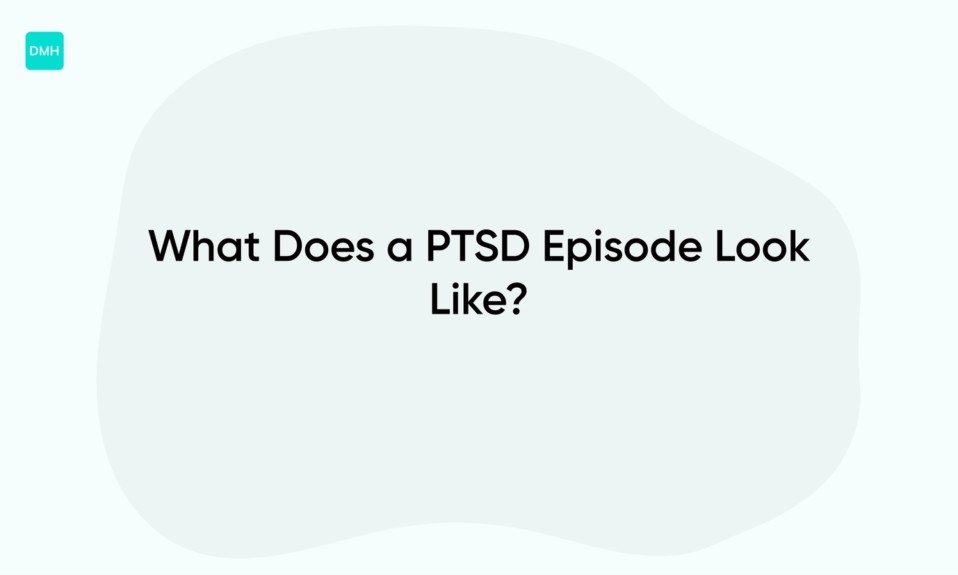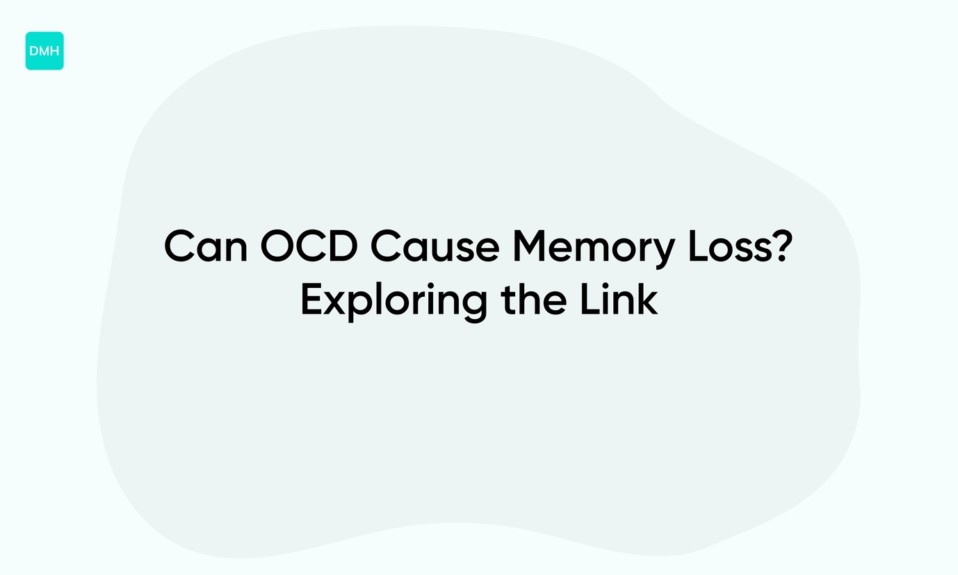How long do damaged nerves take to heal? This is a common question asked by individuals suffering from nerve damage.
Nerve damage can occur due to a variety of reasons, including trauma, chronic illness, or certain medications.
The healing time of nerve damage depends on several factors, including the severity of the damage and the location of the injury.
Understanding the healing process of damaged nerves can help individuals manage pain and improve their overall quality of life.
- The time it takes for damaged nerves to heal can vary greatly.
- The severity of the injury and the location of the nerve can affect the healing process.
- In some cases, damaged nerves may never fully heal and may result in permanent loss of sensation or function.
- Rehabilitation exercises and therapies can help speed up the healing process and improve nerve function.
- It is recommended to consult with a medical professional for proper diagnosis and treatment of nerve injuries.
Understanding Nerve Damage: Causes and Symptoms
Nerve damage, also known as neuropathy, occurs when there is damage to the nervous system.
This can be caused by a variety of factors, including traumatic injuries, infections, genetic disorders, and chronic diseases such as diabetes.
The symptoms of nerve damage can vary depending on the location and type of nerve damage, but can include tingling, numbness, burning pain, and muscle weakness.
It is important to seek medical attention if you experience any of these symptoms, as untreated nerve damage can lead to further complications.
One common cause of nerve damage is diabetes.
High blood sugar levels can cause damage to the nerves, most commonly in the feet and hands.
This is known as peripheral neuropathy and can lead to a loss of sensation and even ulcerations.
Another cause of nerve damage is injury, such as a spinal cord injury or injury to a specific nerve.
In some cases, nerve damage can also be caused by toxic substances, such as chemotherapy drugs or alcohol.
The treatment for nerve damage varies depending on the cause and severity of the damage.
In some cases, nerve damage may be reversible with proper treatment, such as managing blood sugar levels in those with diabetes.
Pain management techniques, such as physical therapy or medications, may also be utilized.
For those with more severe nerve damage, surgical intervention may be necessary.
In addition to seeking medical attention, there are steps you can take to prevent nerve damage.
Maintaining overall health, managing chronic diseases, and avoiding excessive alcohol consumption can all help to prevent damage to the nerves.
It is important to be mindful of symptoms and seek treatment promptly to prevent further complications.
In conclusion, understanding the causes and symptoms of nerve damage is crucial in order to seek prompt medical attention and prevent further complications.
By taking steps to maintain overall health and managing chronic diseases, we can help to prevent nerve damage and ensure optimal nerve function.
How Long Do Damaged Nerves Take To Heal
Damaged nerves can take a variable amount of time to heal depending on the severity of the damage and the location of the injury.
In general, minor nerve injuries can heal within a few weeks to a few months, while more severe nerve injuries can take several months or even years to fully recover.
Nerves have the ability to regenerate new fibers, but the rate of regeneration depends on the type of injury.
If the nerve is crushed or compressed, it can cause damage to the axons (fibers that transmit impulses) and myelin (a protective covering around the axons).
In this case, the nerve fibers may need to regrow completely before the nerve can function normally again.
However, if the nerve is cut or severed, the regeneration process may take longer and may not result in full recovery.
Factors that can impact the healing process include age, overall health, and medical treatments.
Older individuals may experience slower healing times due to decreased circulation and other age-related changes.
Additionally, individuals with underlying medical conditions such as diabetes or autoimmune disorders may experience prolonged healing times.
Treatments such as physical therapy, surgery, and medications may also play a role in the healing process.
In summary, damaged nerves can take anywhere from a few weeks to several years to heal depending on the severity of the injury and individual factors.
It is important to work closely with a healthcare provider to develop a treatment plan to promote nerve healing and manage symptoms.
The Importance of Early Diagnosis for Nerve Damage
Early diagnosis of nerve damage is crucial for a successful treatment, in particular, for diabetes patients.
The nerve damage that occurs due to diabetes is called diabetic neuropathy, and it is prevalent among individuals who have difficulty controlling their blood sugar levels.
The symptoms of diabetic neuropathy can vary from patient to patient depending on the type and severity of nerve damage.
For instance, some patients may experience pain and numbness in their legs, while others may feel a tingling sensation in their hands and feet.
The symptoms can be debilitating and affect the quality of life of the individual.
As such, it is imperative to detect nerve damage in its early stages to prevent further progression of the disease.
Early diagnosis of nerve damage is possible by conducting a thorough physical examination, nerve conduction studies, and blood tests.
During the physical examination, the doctor will check for the patient’s reflexes, muscle strength, and sensation in the affected areas.
The nerve conduction studies help to determine the extent of nerve damage accurately.
Blood tests are conducted to determine the patient’s glucose levels, kidney function, and vitamin deficiencies, which can cause nerve damage.
Once nerve damage is diagnosed, the course of treatment may vary depending on the severity of the disease.
Initially, lifestyle changes and medication can be suggested to manage blood sugar levels, which can help prevent further damage.
Physical therapy can be an excellent option for patients with nerve damage that cause difficulties with movement or balance.
In severe cases, surgery may be the only option.
In conclusion, early diagnosis of nerve damage is critical for successful treatment.
Diabetic neuropathy can have a significant impact on the patient’s quality of life, and detecting it early can help prevent further damage.
Regular check-ups with a healthcare provider, controlling blood sugar levels, and leading a healthy lifestyle can go a long way in reducing the risk of developing nerve damage.
Latest Innovations in Nerve Damage Treatment Options
In recent years, tremendous progress has been made in treating nerve damage.
Some of the newest and most effective treatments available are stem cell therapy, nanotechnology, and neuroprosthetics.
Stem cell therapy involves the use of stem cells, which have the ability to differentiate into various types of cells, including nerve cells.
This therapy can replace damaged or dead nerve cells, improving nerve function and reducing pain.
It has been used effectively for conditions such as spinal cord injuries, multiple sclerosis, and Parkinson’s disease.
Nanotechnology is another innovative area of nerve damage treatment.
This technology involves the use of tiny particles that can be programmed to deliver drugs or other therapeutic agents directly to the affected nerves.
This precision targeting can increase the efficacy of treatments while reducing side effects.
Additionally, neuroprosthetics have proven to be a valuable option for individuals with nerve damage.
These prosthetics can replace or supplement lost nerve function with artificial devices, such as cochlear implants for hearing or neural prostheses for limb movement.
Neuroprosthetics are increasing in popularity as technology improves, and they can be customized for individual needs.
Notably, these new advances can bring relief to people who have struggled with chronic pain or limited mobility for years.
However, it is important to remember that these procedures and technologies might not be appropriate for everyone.
Each treatment has its own set of pros and cons, and potential risks.
Thus, it is always important to consult with a trusted physician or healthcare provider before beginning any new treatments for nerve damage.
Additionally, it is crucial to prioritize proper nutrition, exercise, and stress management, as these lifestyle factors can dramatically affect nerve health.
To summarize, the latest innovations in nerve damage treatment options offer hope for those with nerve damage.
Stem cell therapy, nanotechnology, and neuroprosthetics are just a few of the cutting-edge treatments that have emerged.
However, it’s essential to consult with a healthcare provider before proceeding and to remember the significance of a holistic approach to nerve health.
With the right combination of medical intervention and self-care, individuals with nerve damage can improve their quality of life and reach their health goals.
You’ll also like: Blood in Snot: Reasons, Treatments And More
Nuts and Bolts of Nerve Damage Recovery Process
Nerve damage recovery process can be a long and arduous journey, depending on the severity of the injury.
It can range from mild numbness to complete paralysis, and the treatment varies according to the type of nerve injury.
While it is not possible to reverse nerve damage completely, there are ways to speed up the recovery process and manage the symptoms.
Physical therapy is one of the most effective ways to accelerate nerve damage recovery.
This involves a series of exercises to improve muscle strength, flexibility, and coordination.
These exercises focus on restoring the function of damaged nerves and stimulating nerve regeneration.
In some cases, surgery may be required if the nerve damage is severe and cannot be managed with physical therapy alone.
Surgery can help repair or reconnect damaged nerves, although the success of the operation depends on various factors such as the age of the patient, the extent of the damage, and the location of the injury.
Another way to manage nerve damage is through medications.
Painkillers such as non-steroidal anti-inflammatory drugs (NSAIDs) can help relieve the pain associated with nerve damage.
In some cases, anti-seizure medications and antidepressants may be prescribed to alleviate the nerve pain.
These medications work by reducing the activity of the damaged nerves and altering the way pain signals are processed by the brain.
However, it is important to note that these medications can have side effects and should only be prescribed by a doctor.
Lifestyle changes can also play a role in nerve damage recovery.
Eating a healthy diet rich in vitamins and minerals can help support nerve regeneration.
Vitamin B12, in particular, is essential for nerve health and can be found in foods such as fish, meat, and dairy products.
Regular exercise can also improve circulation and stimulate nerve growth.
Reducing stress and getting enough sleep can improve overall health and aid in the recovery process.
In conclusion, nerve damage recovery is a complex process that requires a specialized approach based on the type and severity of the injury.
Physical therapy, surgery, medications, and lifestyle changes can all play a role in managing the symptoms and speeding up the recovery process.
While nerve damage cannot be fully reversed, early treatment and proper care can help improve the quality of life and allow patients to regain mobility and function.
Read also: Wide Rib Cage: Causes, Symptoms & Treatment
The Role of Physical Therapy in Nerve Damage Healing
Physical therapy can play a crucial role in helping individuals with nerve damage to recover and improve their quality of life.
Using targeted exercises and hands-on techniques, physical therapists can help patients develop better control over their nerves and muscles and manage their pain.
Nerve damage can manifest in a number of ways, such as weakness or numbness in the extremities or chronic pain.
Depending on the severity and location of the damage, physical therapy can aid in promoting nerve regeneration and restoring function.
One common example of nerve damage is carpal tunnel syndrome.
This condition occurs when the median nerve in the wrist becomes compressed, leading to numbness, tingling, and weakness in the hand and fingers.
Physical therapists may use a variety of techniques to help manage symptoms, such as nerve gliding exercises, gentle stretching, and manual therapy to reduce adhesions and improve circulation in the affected area.
For more severe nerve damage, such as with spinal cord injuries, physical therapy can play a vital role in rehabilitation and recovery.
Exercises to improve balance, coordination, and strength can help individuals with spinal cord injuries regain mobility and improve their independence.
Additionally, physical therapists can provide education on proper body mechanics and techniques to prevent further injury and maximize function.
Overall, physical therapy is an effective and important component of nerve damage treatment.
Whether through targeted exercises or manual therapy techniques, physical therapists can help patients recover from injury and manage their symptoms.
If you are dealing with nerve damage, consulting with a physical therapist can be a valuable step towards restoring your quality of life.
Read also:










